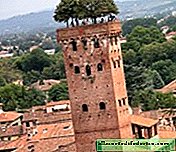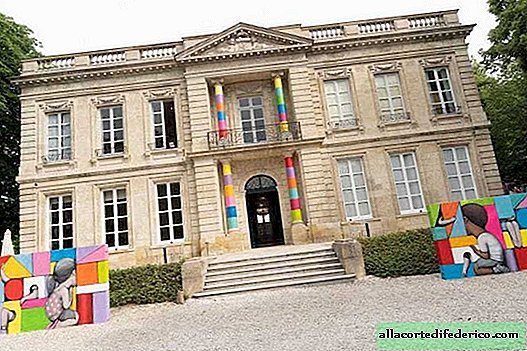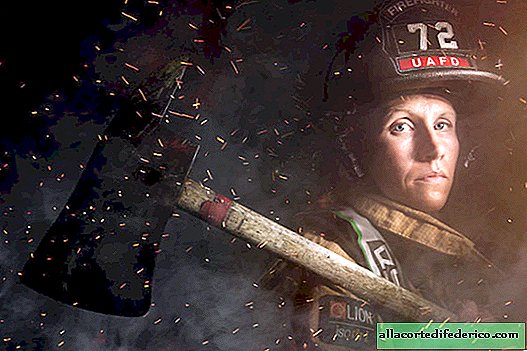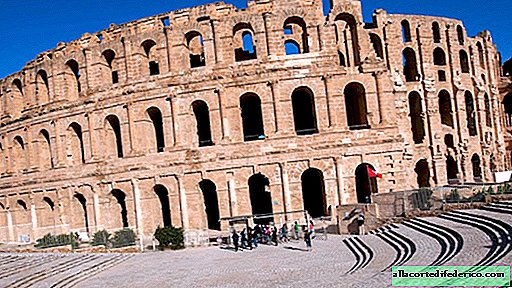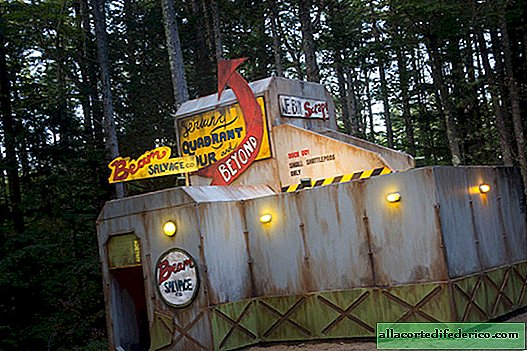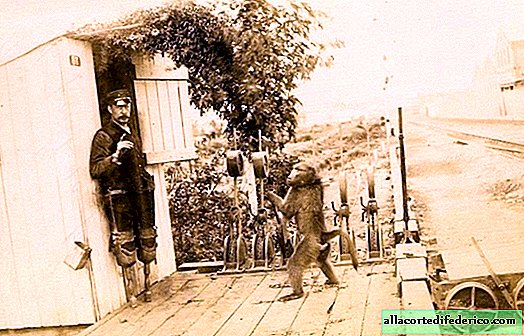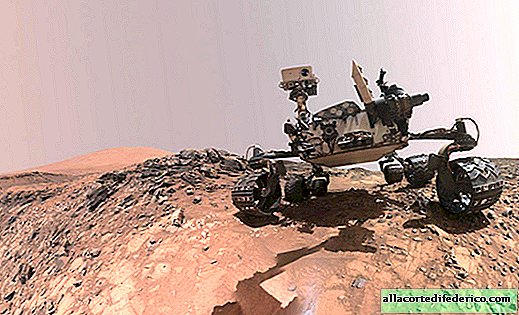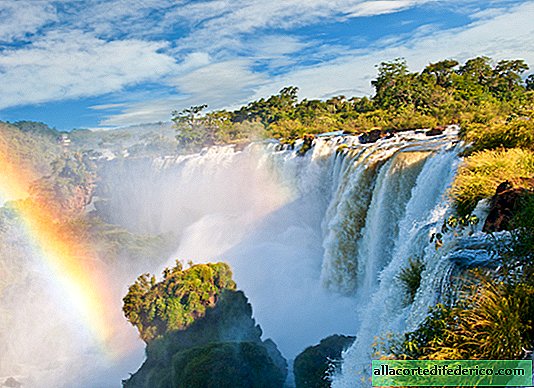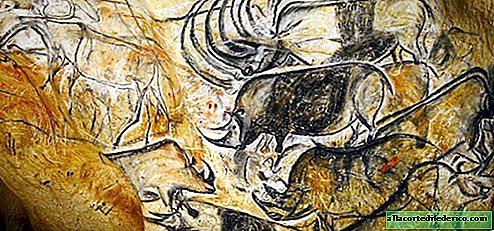Alternative world map: what our planet looks like in other projections
The world map, familiar to everyone from the school bench, made in the Mercator projection, is far from the only version of the image of our planet on a plane. The whole modern variety of cartographic projections has arisen for one single purpose - to depict the spherical Earth on a piece of paper as accurately as possible. And since the task is very complex, many options have been proposed for its solution. But all of them are far from ideal: somewhere there is too much distortion of distances, somewhere angles are displayed incorrectly, and some options are too complicated to perceive. Nevertheless, among them there are many interesting solutions, with which we propose to get acquainted.
Projection "Butterfly"
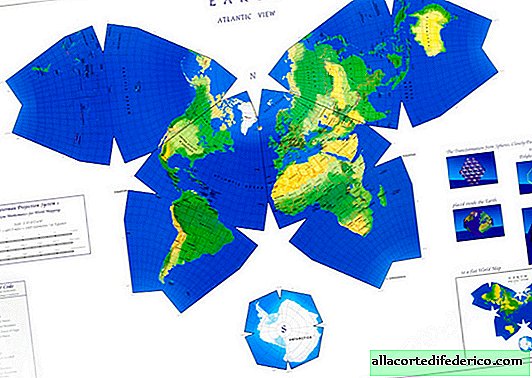
This polyhedral projection got its name from the shape of a butterfly, and it was created at the beginning of the 20th century by the American cartographer Bernard Cahill.
Projection Dimaxion

The Dimaxion projection, or the Fuller projection, is a scan of a polyhedron and can depict the globe in various ways. The projection was created by American engineer Buckminster Fuller in the 40s of the last century. The length of each face of this polygon corresponds to the length of the arc of the globe, and the surface inside the triangle is compressed relative to its actual size.
Hood Projection

This map was created by American cartographer John Hood in 1923. It combines various types of projections, which are designed to reduce the distortion of areas compared to the traditional Mercator projection.
Werner projection

Pierce projection

This equal-angle projection was created by the American mathematician Charles Pearce in 1879.


